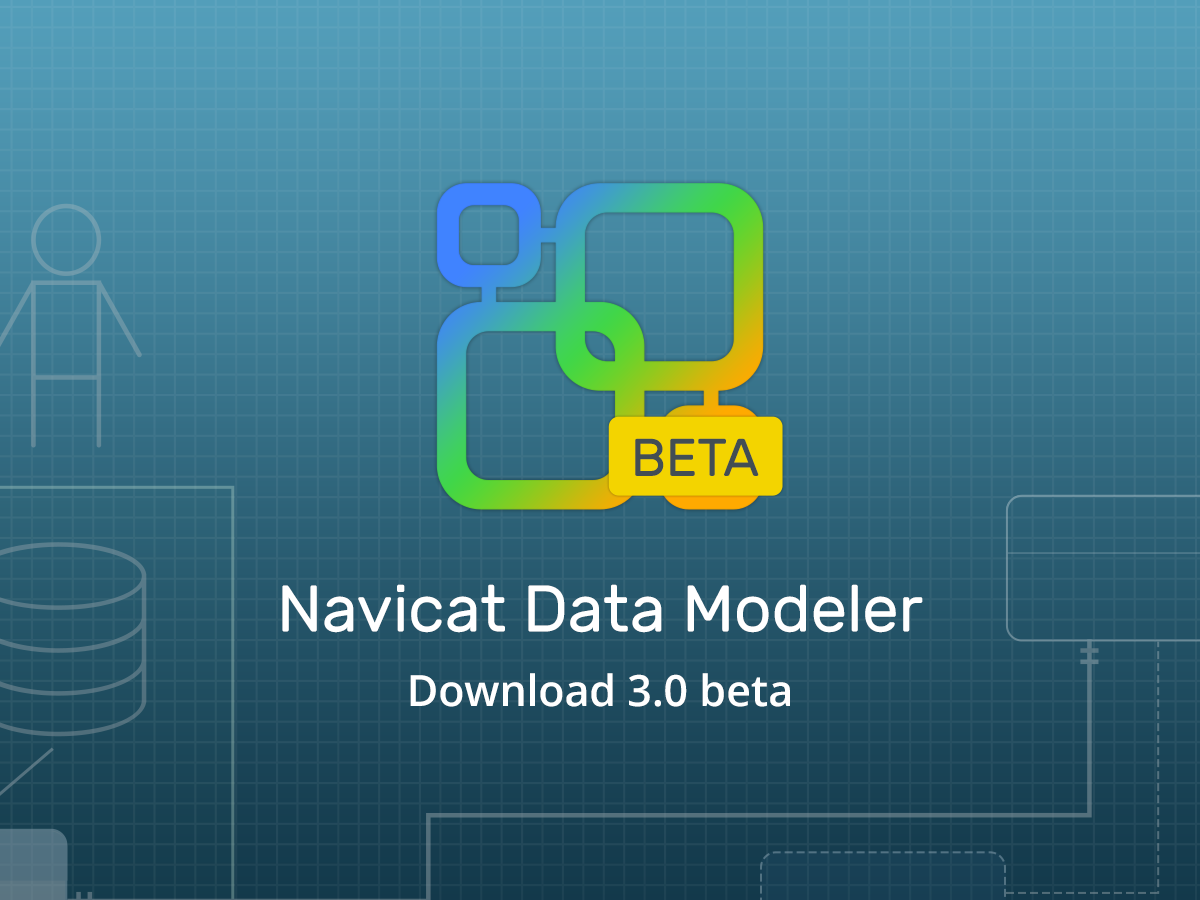
SQL queries often return more than one row of data from the database server. Relational databases provide cursors as a means for iterating over each row of the results set. Does that mean that MongoDB users are out of luck? As it turns out, MongoDB's db.collection.find() function returns a cursor. In MongoDB, cursors themselves provide additional functionality for processing individual rows. In today's blog, we'll learn how to work with MongoDB cursors in Navicat for MongoDB.
Being the dedicated database developer and/or administrator that you are, I don't need to remind you that the rigorous application of the principles of sound database design via data modeling is one of the cornerstones of data management. To that end, the emergence of specialized software such as Navicat Data Modeler have made the process much easier to accomplish.
CASE is a Control Flow statement that acts a lot like an IF-THEN-ELSE statement to choose a value based on the data. The CASE statement goes through conditions and returns a value when the first condition is met. So, once a condition is true, it will short circuit, thereby ignoring later clauses, and return the result. As we'll see in today's blog, it can be used to test for conditions as well as discrete values.
There are some very good reasons why data validation is best performed at the database level rather than at the application level. For instance, the same data source may be accessed by multiple applications. Therefore, you can rely on the data being consistent and valid without having to depend on validation logic being applied on the application side, which might not be consistent across different implementations. Moreover, triggers are ideal for validation because they can be executed before data is inserted or updated. Triggers can also can also prevent a database transaction from being applied while providing an error message.
- 2024 (1)
- 2023 (1)
- 2022 (1)
- 2021 (1)
- 2020 (1)
- 2019 (1)
- 2018 (1)
- 2017 (1)
















